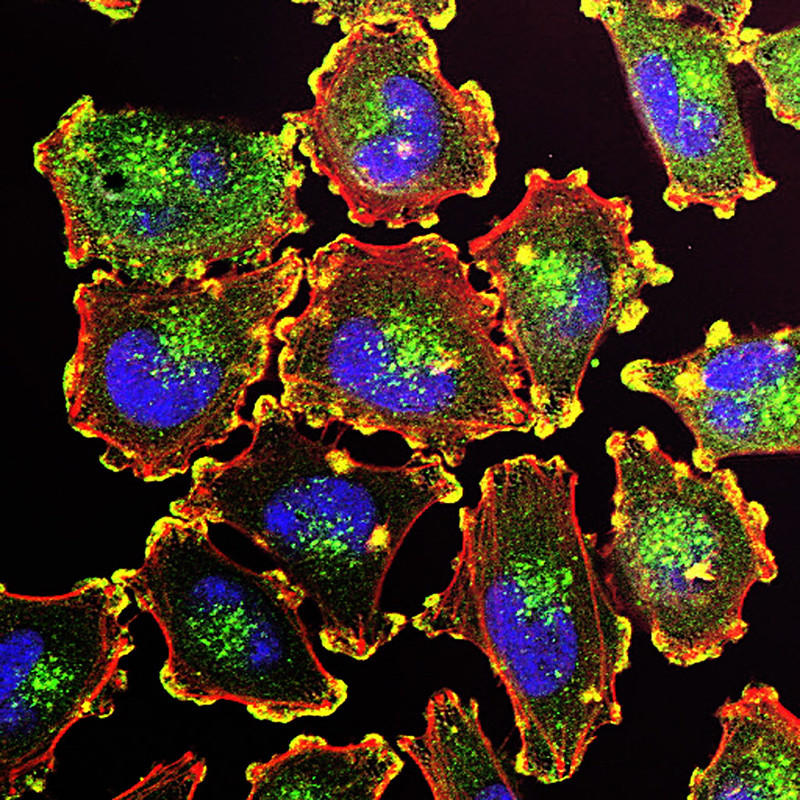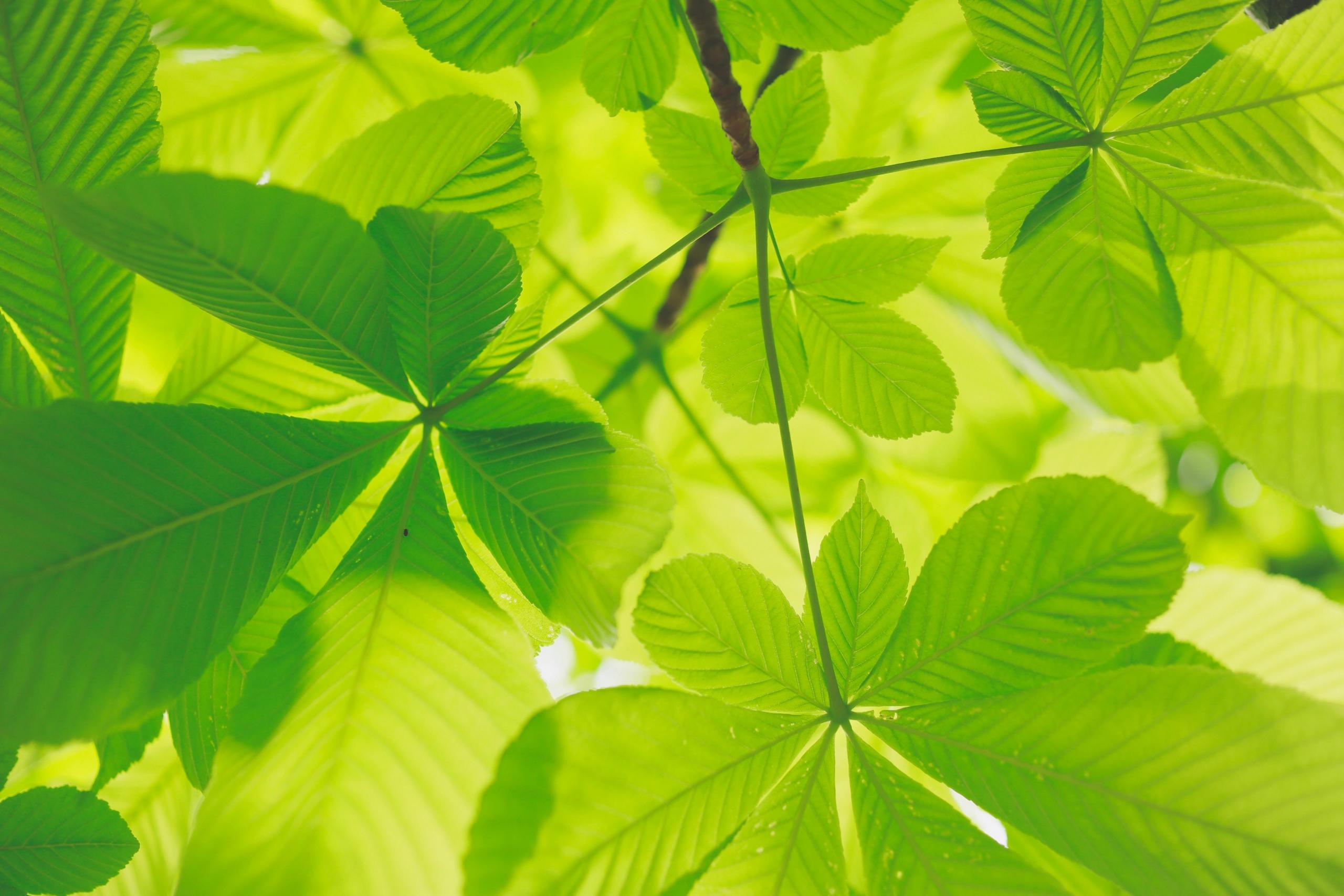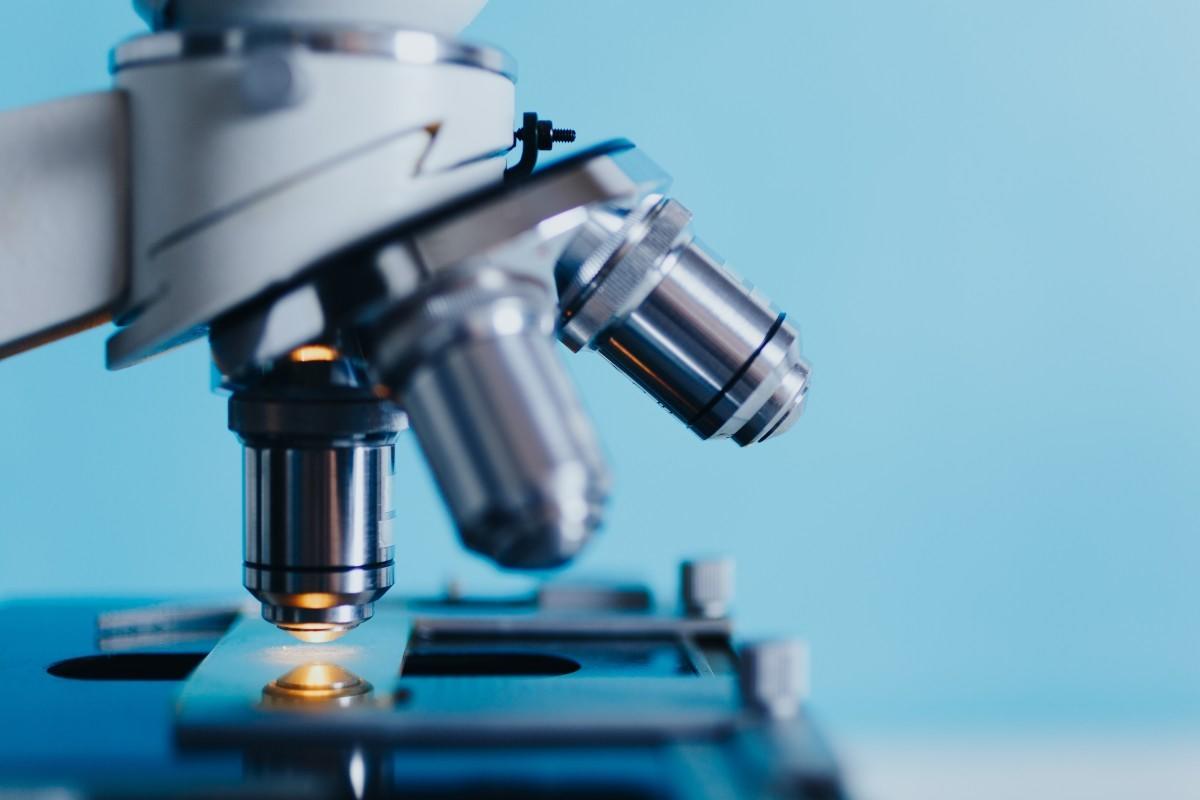You have chosen to pursue Life Sciences at school. Perhaps you were watching Twilight and the scene where Bella and Edward were looking through a microscope at the stages of mitosis got your attention. Did this movie scene make you more interested in discovering what the field of cell biology entails?
Well, every organism is made up of a collection of cells that all work in unison to give the organism its structure. Some cells within the body make up your bones and blood. Other cells undergo various chemical changes.
As part of cell biology, your Life Sciences teacher will break every individual apart in terms of his or her cell levels. While humans and animals can be broken down on a cellular level, plants too can be broken down on a cellular level.
During cell biology, we uncover the similarities and differences of plant and animal cells. When considering how plant and animal cells are similar, we think about how both plant and animal cells are made, what they contain, and the processes that plant and animal cells use in order to maintain homeostasis. Homeostasis refers to the processes whereby humans, animals, or plants self-regulate in order to maintain stability.
If you are looking for a Life Sciences tutor to help you learn all about the basic structure and functions of plant and animal cells, look on the Superprof website for a tutor who may be best able to assist.

Cell Biology Further Explored
Why do we focus on cell biology in Life Sciences?
Well, for one, cells are important units of life. Albeit being the smallest functional unit, cells are living entities that ought to be studied. We have Robert Hooke to thank for the discovery of cells. At the time of his discovery, the English Physicist, Hooke, had thought that cells were only found in fungi and plants.
However, it was later discovered that even animals are made up of cells, but that there are substantial differences between animal and plant cells.
Plant cells, for one, have a cell wall. The cell wall is the outer covering of the cell. Plants actually develop two cell walls during their life cycle: the primary cell wall, and the secondary cell wall. The primary cell wall tends to be thinner and stretchable. Once the plant stops growing, a secondary cell wall develops. The secondary cell wall is tougher.
Due to the tough cell wall and the fact that they are densely packed together, plant cells tend to maintain their shape, regardless of any pressure that is applied to them. In contrast to animal cells, plant cells have a more regular shape — somewhat rectangular or square.
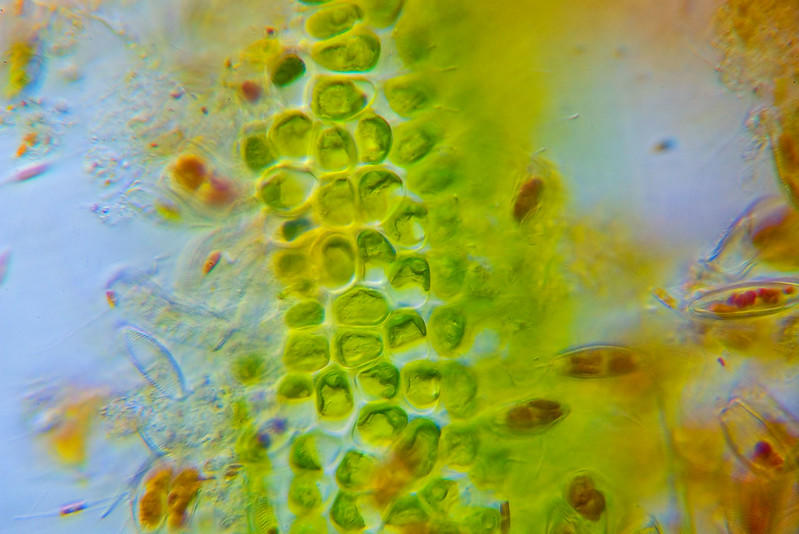
Cell walls are mainly present in plants. The cell wall protects the cellular components. The most noticeable difference between the plant and animal cell is that the plant cell has a cell wall and the animal cell doesn't.
In animal cells, it is the cell membrane that takes the place of the cell wall. In terms of comparing plant and animal cells, there are many similarities as well.
Both plant and animal cells have similar internal organelles, and these organelles perform the same functions.
- The nucleus: The nucleus is where processes like DNA replication takes place
- The mitochondria: is also known as the powerhouse of the cell. It is here that processes such as respiration takes place. You must remember that in animals, the muscles contain most of the mitochondria, since animals can get the energy for movement through the mitochondria,
- Ribosomes are suspended inside the cell cytoplasm
- Cytoplasm: is a thicker gel-like substance inside the cell membrane. Most of the chemical reactions take place here
If you were to study a diagram of plant cells and thereafter look at one of animal cells, you will see that that there are far more organelles in plant cells than there are in animal cells. Chlorophyll-laden chloroplasts and vacuoles are also a part of the plant cell and not at all part of animal cells.
Cell Membrane Structure
Life Sciences terminology may have certainly gotten the better of you. We don't blame you if you feel slightly overwhelmed. If you are struggling to remember terminology for organelles as well as their functions, you may benefit from roping in a Life Sciences tutor to guide you.
A great tutor can perhaps sing a "cell song," to help you understand each organelle and its function better. A tutor may also teach you the subject from an application point of view, so you understand each cell and understand what function the cell plays without having to learn each organelle and its function by heart.
A great suggestion to learn more about the nuclei, Golgi apparatus and the ribosomes is to look at the location of these organelles within a picture of an animal and plant cell membrane structure.
Often studying pictures of both plant and animal cells make it easier to wrap your head around everything from the shape of these cells to the organelles contained within these cells.
When you study all about the cell membrane structure, you ought to remember that the cell's nucleus is one of the most vital organelles. This is because it contains all the DNA genetic information of the cell. Ribosomes arrange the amino acids to allow them to meet current needs and send them out to the endoplasmic reticulum (ER) to be identified and tagged, and then folded for further transport.
The Golgi apparatus is known by a variety of names including Golgi complex or Golgi body. The Golgi body is responsible for secreting proteins. The Golgi body gained its various names from the scientist who had uncovered this cell, Camillo Golgi.
It may be interesting to learn all about the biologists who uncovered the various cell structures and you can explore cell biology in depth with the help of a Superprof Life Sciences tutor.
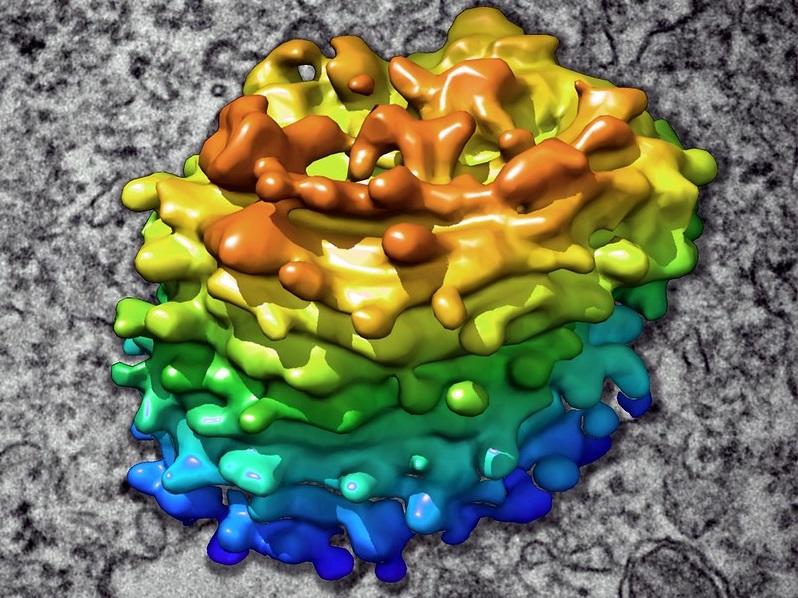
Learning all about the structure of plant and animal cells can be very interesting.
Learning about Osmosis and Diffusion
Do you remember Osmosis Ozzy Jones from the 2001 film Osmosis Jones?
Ozzy in the movie was the white blood cell and a rebel cop. We can safely say this character's role was inspired by the biological process entitled osmosis.
An easier way to understand osmosis is the flow of water through a selectively permeable membrane from areas of high concentration to areas of low concentration. If you think about a plant, water is transported from the leaves to the root of the plant by a process called osmosis.
Diffusion on the other hand is the movement of molecules (including air molecules) from areas of higher concentration to areas of lower concentration. You might have been wondering how the various products made in the cells are transported from one organelle to the next and the answer is through diffusion. In terms of diffusion, the substances that need to be diffused are in different forms. One substance may be in powder form and the other may be in liquid form.
Thus the substances need slight encouragement to allow for the equalisation of molecules to happen. The reaction of solutes equalising themselves throughout a solvent takes place with no shaking or stirring involved in the body.
Perhaps consider reading all about the diffusion process here.
There are many differences between osmosis and diffusion:
- For one, osmosis happens only in liquid state whereas diffusion happens regardless of the state of matter (solid, liquid, gases).
- For diffusion to happen, a semi permanent membrane is not required, whilst for osmosis a semipermeable membrane is required.
- Lastly, whilst osmosis is influenced by solute potential, diffusion is not.
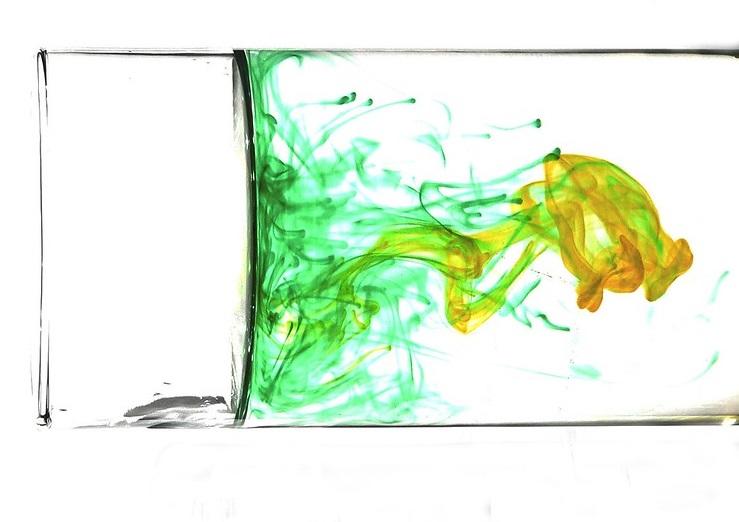
Osmosis and Diffusion in the Animal and Plant Cell Structure
You may be wondering how does osmosis and diffusion work within the animal and plant cell structure? To control and supply many substances that the body needs, diffusion becomes necessary.
Osmosis is also quite important as it maintains the equilibrium between the inside and outside of the body. Osmosis works by seeing what organelle has a high concentration of the liquid and which organelle has a low concentration of the liquid and thus moves the liquids within the body accordingly.
The way that the cells of a plant and animal utilise osmosis and diffusion keeps them alive and functioning. The study of how these cells make use of osmosis and diffusion is rather interesting and this is what you can expect to further explore if you choose to study cell biology at a Grade 10 to Grade 12 level.
Most Life Sciences teachers and tutors suggest that you draw both animal and plant cells, label them, and paste them on the walls of your bedroom. In that way, you go to bed and and wake up thinking of the various biological terms for plant and animal cells.
If you feel that you are struggling with the subject of Life Sciences, you can always take tutorial lessons in the subject and learn even more about biological concepts and processes with the help of an expert Biology tutor.

